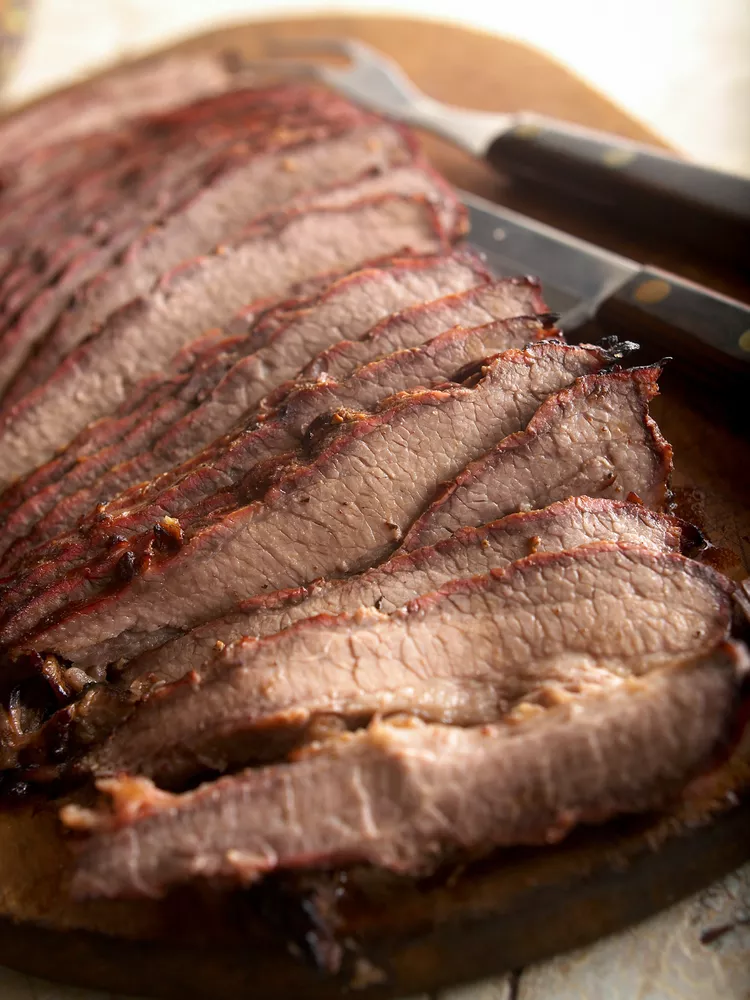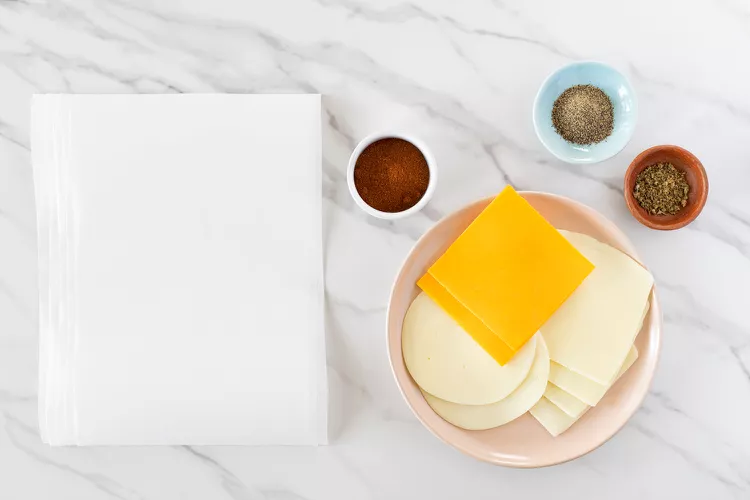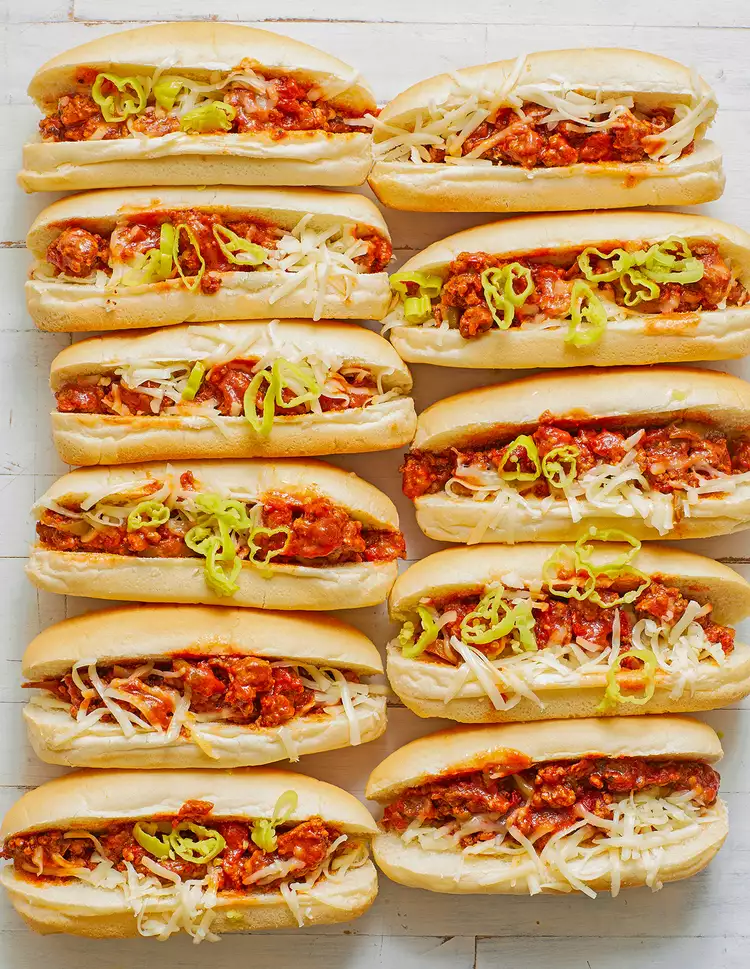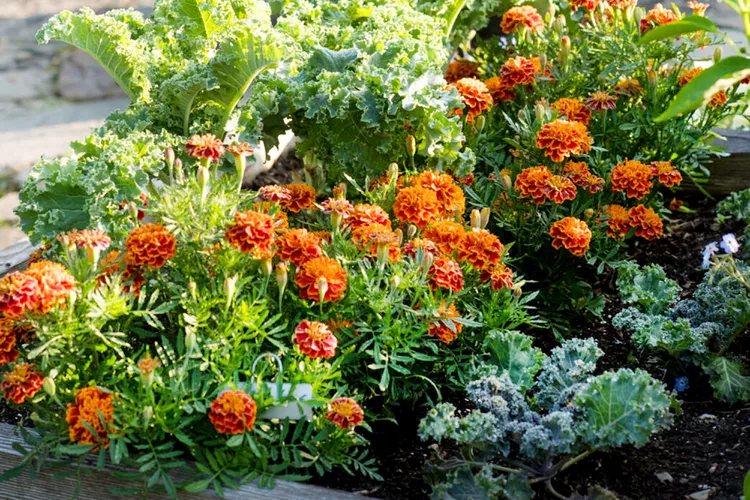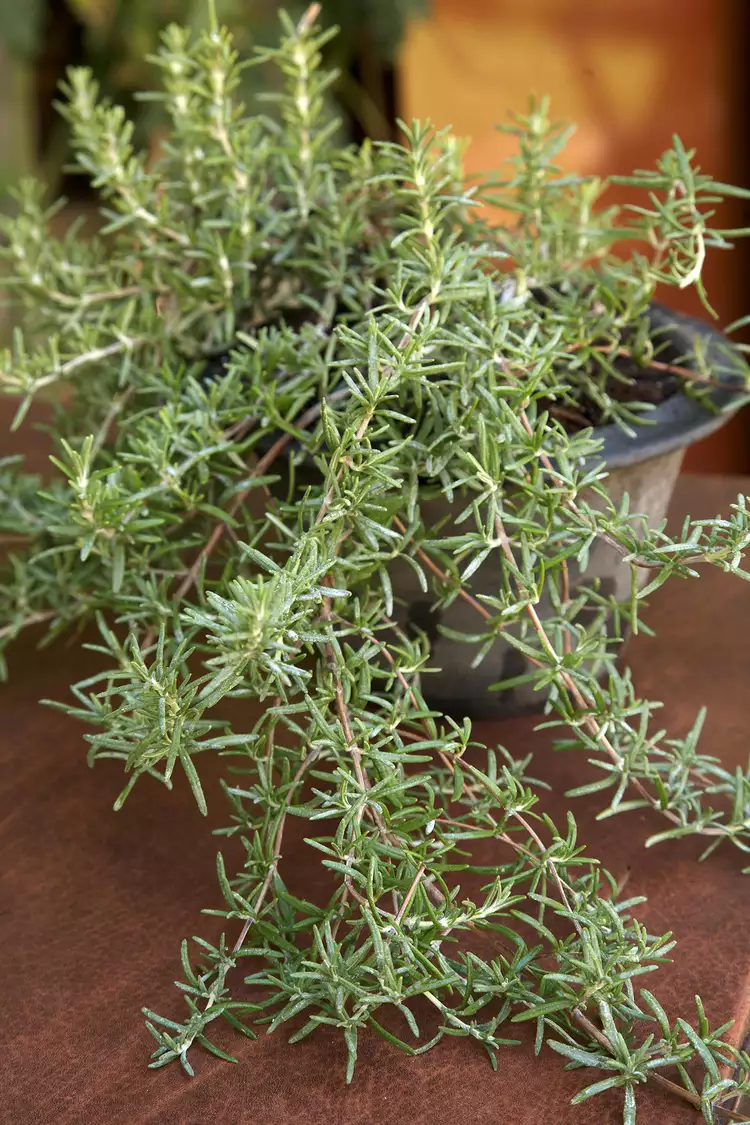Have you been itching to learn how to smoke food? Once you try it, you may never go back to plain burgers on the grill. Here's everything you need to know about how to prepare wood chips for smoking, how to make a foil packet for smoking, and the key tips for safely smoking food (no special equipment required). Plus, try a few smoked food recipes using the techniques. Whether you have a gas or charcoal grill, you can still smoke food—we have tips that will help, so you can even learn how to smoke food without a smoker.
Smoking Food Basics
Smoking uses low temperatures (225°F to 300°F) and long cooking times to cook and flavor foods. To create the smoke, water-soaked wood chunks, chips, and sometimes aromatics (like fresh herbs or fruit peels) are distributed among the coals (or smoker box for a gas grill). Using a low heat makes smoke as the wood smolders rather than burns, which imparts the smoky flavor, and the grill is covered to allow the heat and smoke to circulate and slowly cook the food.
Before you get started, there are different ways of smoking food you should know about. Dry smoking uses indirect cooking with a low, smoldering wood fire to slowly cook foods while infusing smoke flavor. Wet smoking, or water smoking, is more common and uses a pan of water to maintain moisture and tenderness. The water in the pan also adds humidity and helps the smoke stick to your food for more intense flavor.
How to Smoke Food Without a Smoker
Yes, you can smoke food on your grill without special equipment. As long as you have wood chips and a drip pan, you can smoke food on a charcoal or gas grill. Here are the general steps you'll follow to make a DIY smoker.
Using a Charcoal Grill for Smoking
Creating smoke in a charcoal grill is easy to achieve. Follow the general smoking tips below, as well as these steps.
- Using long-handled tongs, arrange hot ash-covered coals around a foil pan that's filled with 1 inch of hot water.
- Add wood chips or chunks to coals.
- Place food on grill rack above water pan and cover grill.
- Check food, temperature, and water pan every 45 to 60 minutes. Add briquettes as needed.
Test Kitchen Tip: Do not add additional wood during the last half of smoking time on a charcoal or a vertical smoker; too much exposure to smoke imparts a bitter flavor to food.
Using a Gas Grill for Smoking
To smoke foods on a gas grill, follow these tips and steps:
- Use wood chips, rather than chunks.
- If your gas grill is equipped with a smoker box, fill the pan on the attachment with hot water. Place wood chips in the compartment following the manufacturer's instructions. If you don't have the attachment, place wood chips in a foil pan; cover the pan with foil and poke 10 holes in the foil. Before lighting the grill, place the pan on the flavorizer bars (beneath the grate) in a corner of the grill. You do not need a water pan for cooking times less than 2 hours. For longer cooking, fill a foil pan with 1 inch hot water; place on the grate over a lit burner.
- Place food on grill rack over unlit burner; cover.
- Check food, temperature, and water pan every 45 to 60 minutes. Do not replenish wood chips.
Choose Wood for Smoking Food
Use different woods to find the flavors you like best on your food. Try some of these most common food and wood pairings:
- Mesquite: This Southwestern wood burns hot and slow, infusing foods with the most intense flavor of all the woods. Described as sweet and earthy, mesquite smoke is a must for cooking a Texas-style brisket, but it's also great for beef, lamb, and venison.
- Hickory: Use this Southern barbecue favorite to add strong flavor to pork, beef, and lamb. It has a robust, sweet aroma, but make sure to use a light hand—too much hickory can create bitter flavors.
- Maple, Oak, Pecan, and Walnut: All four of these woods make wonderful smoke. Milder than mesquite and hickory, they bring balanced flavor to any meat.
- Fruitwoods: Choose from apple, cherry, peach, plum, orange, lemon, grapefruit, and more. These mild woods burn quickly and infuse meats with just a hint of the fruit the trees bear, making them great for smoked fish, chicken, ham, and veggies.
- Alder and Cedar: Native to the Pacific Northwest, these mild woods are traditionally used to smoke salmon but also add delicious flavor to poultry and pork.
Wood Chunks vs. Wood Chips
Different types of wood can add a variety of flavors to smoked recipes, but using wood chunks or wood chips also has an impact. Hardwood chunks, in pieces about the size of a tennis ball, will give off more smoke and burn more slowly than wood chips. They work best for recipes that need to smoke for longer than 30 minutes. Wood chips, on the other hand, are great for recipes with shorter smoke times because they burn more quickly. Just make sure to soak them in water for at least 30 minutes before using so they smoke and smolder instead of igniting and burning.
Prepping Wood Chips for Smoking
Start by soaking the chips. Dry wood ignites quickly, but wet wood will smolder and create smoke. Place 1 to 2 cups of wood chips and enough water to cover them in a container. Let the chips soak for at least 1 hour before grilling. Soaking the wood chips in apple juice, beer, or wine adds another layer of flavor.
:strip_icc():focal(633x791:635x793):format(webp)/wood-chips-foil-ADkJbNR-aPPAjtFAomlPJY-760084bfed534f43a441e407289775d5.jpg)
:strip_icc():focal(639x0:641x2):format(webp)/foil-smoker-packet-fa116fe5-071e482ae4eb45b1945890209638c5de.jpg)
How to Make a Foil Packet for Wood Chips
If you're smoking on a gas grill, you'll need some kind of pack to hold your wood chips (for a charcoal grill, you can put the wood chips or chunks directly on top of the coals). Drain the wood chips after soaking and place them in the center of a double-thick piece of heavy-duty foil. Tightly seal the edges of the foil by folding them. Cut slits or small holes in the top layer of the foil to allow the smoke to escape.
Creating Smoke with a Foil Packet
Preheat the grill and place the packet, pierced side up, on top of the heat source under the grill rack. With the grill lid closed, turn the heat to high until smoke begins to escape from under the lid (about 10 minutes). Use caution because the foil pack may ignite briefly at first.
Using a Smoke Box
If you love smoking food on the grill and do it often, you may want to consider using a stainless-steel smoke box. It's placed on the burners of a gas grill under the rack. The hinged lid opens so you can add soaked drained wood chips, and the perforated top lets out smoke once the wood ignites. If smoking is your favorite way to cook outdoors, a reusable smoke box can be easier than creating a new foil packet every time.
How to Smoke Food on a Plank
Smoking your food on a plank can impart even stronger smoky and aromatic flavors since your food cooks directly on the wood. Smoking fish on a plank, especially salmon, is one of the most common plank recipes, but you can also grill mushrooms, smoke cheese, and cook meat and poultry on a plank too. Here's how to do it:
- Soak the plank in water for at least 1 hour before grilling. A sheet pan with tall sides works well. Weigh down the plank (canned goods work great for this) so it is completely submerged.
- Place the plank over ash-covered coals until it starts to char and crackle. Smoke creates flavor.
- Sear in flavor by grilling food just long enough for grill marks to form, then transfer to the plank. Cook planked food over indirect heat. Cooking directly over fire may cause the plank to burn or create more smoke than necessary.
Add Aromatics to Smoked Food
Add an aromatic dimension by tossing fresh herbs, leaves, or stems onto the coals. Bay leaves, rosemary, grapevine cuttings, fruit peels, and cinnamon sticks are good choices; generally, aromatics with higher oil content provide stronger flavor. Just be sure to soak branches and stems before placing them on the coals, or they'll burn up too quickly to add much flavor.
General Tips for Smoking
If you're just starting to experiment with smoking food at home, keep these tips in mind as you fire up the grill. They'll help make sure your first smoked food ideas are a success:
- Keep the water pan full, replenishing as needed with hot tap water. (Water helps maintain temperature and adds moisture to keep food tender.)
- Begin with the grill vents open, and if the temperature climbs too quickly, close the vents slightly to reduce the amount of oxygen fueling the flames. If the temperature starts to drop, just open the vents again.
- Don't peek! Heat and smoke escape each time the grill lid is lifted, sacrificing aroma and flavor and increasing cooking time.
- Start with a small amount of wood to see if you like the flavor, adding more for a more intense, smoky flavor.
- Make wood chips last longer and prevent burning by bundling wet wood chips in a foil packet with holes. Place the packet directly on the coals.
- If the temperature inside your grill dips below 300°F and opening the vents doesn't work to bring the heat back up, add more lit coals around the edge of your existing coals. If you don't have coals ready, add another wood chunk to boost the heat and smoke.
- For a clean, steady stream of white smoke, make sure you start with clean grill grates. Dirty grates can cause sooty smoke and give your food an off flavor.
- If you use wood chunks, you can control how much smoke and heat they produce by moving them to hotter or cooler parts of the grill.
- Smoke only those foods that can handle the assertive smoky flavor: beef, lamb, pork, poultry, oily fish, and game (bison, duck, etc).
- Don't go overboard with wood—if you use too much, the smoke can overpower the flavors of your food.
Other Foods You Can Smoke
When we picture smoked recipes, we usually think of smoked meats, poultry, seafood, and veggies. But if that's all you're smoking on the grill, you're missing out! Here are a few other foods you can smoke that you might not have thought of before:
- Chiles: Place dried chiles in a cast-iron skillet over direct heat for about 5 minutes or until puffed and slightly darkened.
- Rice and Grains: Place uncooked grains or rice in a foil pan. Smoke over indirect heat for 15 to 30 minutes or until browned, stirring occasionally.
- Garlic: Remove the tops from three heads of garlic, drizzle with olive oil, and wrap loosely in foil (make sure the garlic isn't completely sealed in the foil). Smoke over direct heat for 30 to 40 minutes or until softened.
- Herbs, Seeds, and Spices: Place in a foil pan and smoke over indirect heat for 10 to 30 minutes, stirring occasionally.
- Sugar: Place sugar cubes in a foil pan over indirect heat. Grill for 15 minutes, or until the sugar starts to caramelize on the surface.
Smoking food really isn't any harder than regular grilling once you get the hang of it. Plus, once you master cooking with smoke, you can enjoy even more delectable burgers, steaks, chicken, seafood, and veggies from the grill. We wouldn't be surprised if smoking food becomes your go-to for summer cookouts and barbecues!

